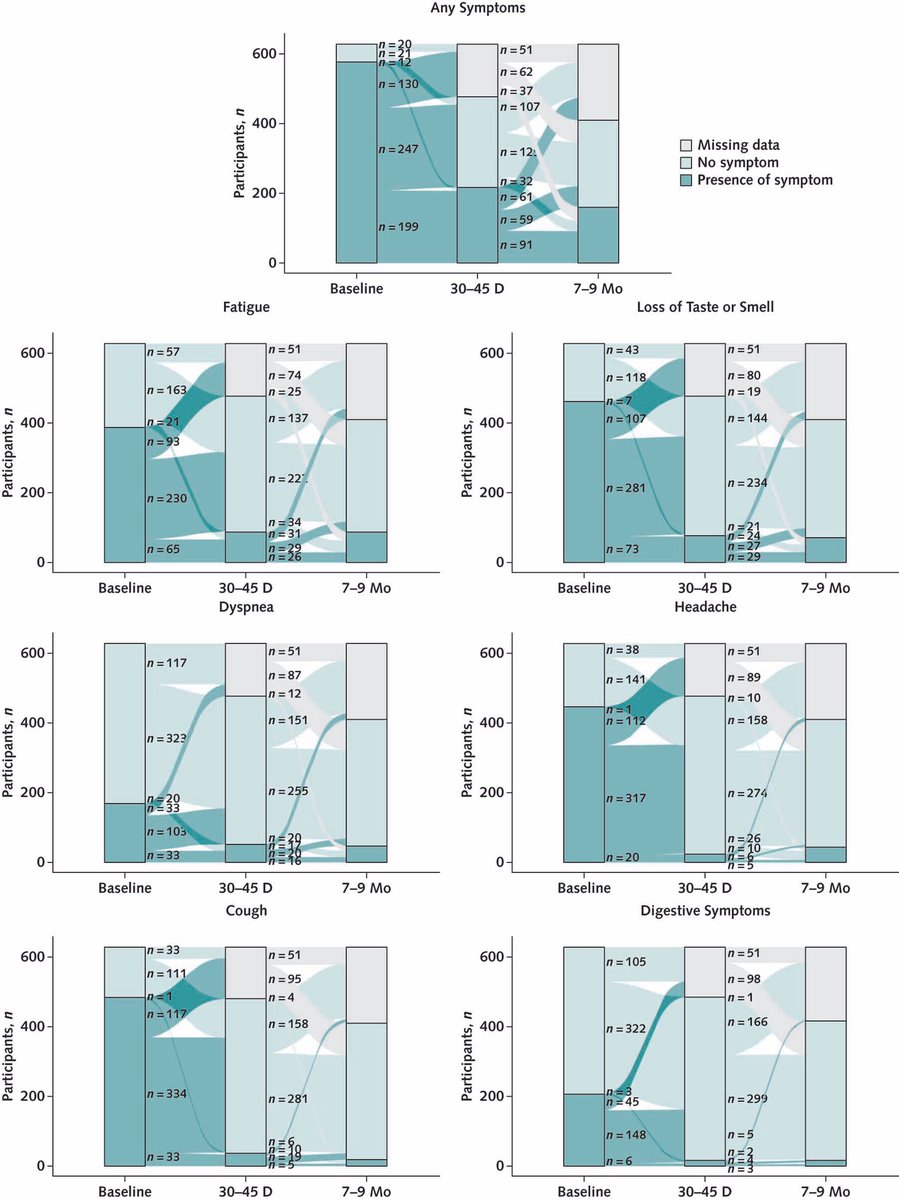
A new study of weekly testing of children and staff at a Belgian primary school shows what we’ve always suspected: if mitigation measures aren’t in place, transmission is common between children and adults at school, and it spills over into households.
jamanetwork.com/journals/jaman…
jamanetwork.com/journals/jaman…

In this study, the researchers found:
✅ adult-to-adult transmission
✅ adult-to-child transmission
✅ child-to-adult transmission
✅ child-to-child transmission
✅ adult-to-adult transmission
✅ adult-to-child transmission
✅ child-to-adult transmission
✅ child-to-child transmission
The researchers found that the virus readily spread from the school into households.
Teachers infected their partners, and children infected their parents.
Teachers infected their partners, and children infected their parents.
But we can make schools (and childcare centres) much safer if we take action to prevent airborne transmission of the virus that causes COVID-19.
Read these comprehensive guidelines to find out what we need to do. ⬇️
Read these comprehensive guidelines to find out what we need to do. ⬇️
https://twitter.com/drzoehyde/status/1444938635988520963?s=21
• • •
Missing some Tweet in this thread? You can try to
force a refresh










